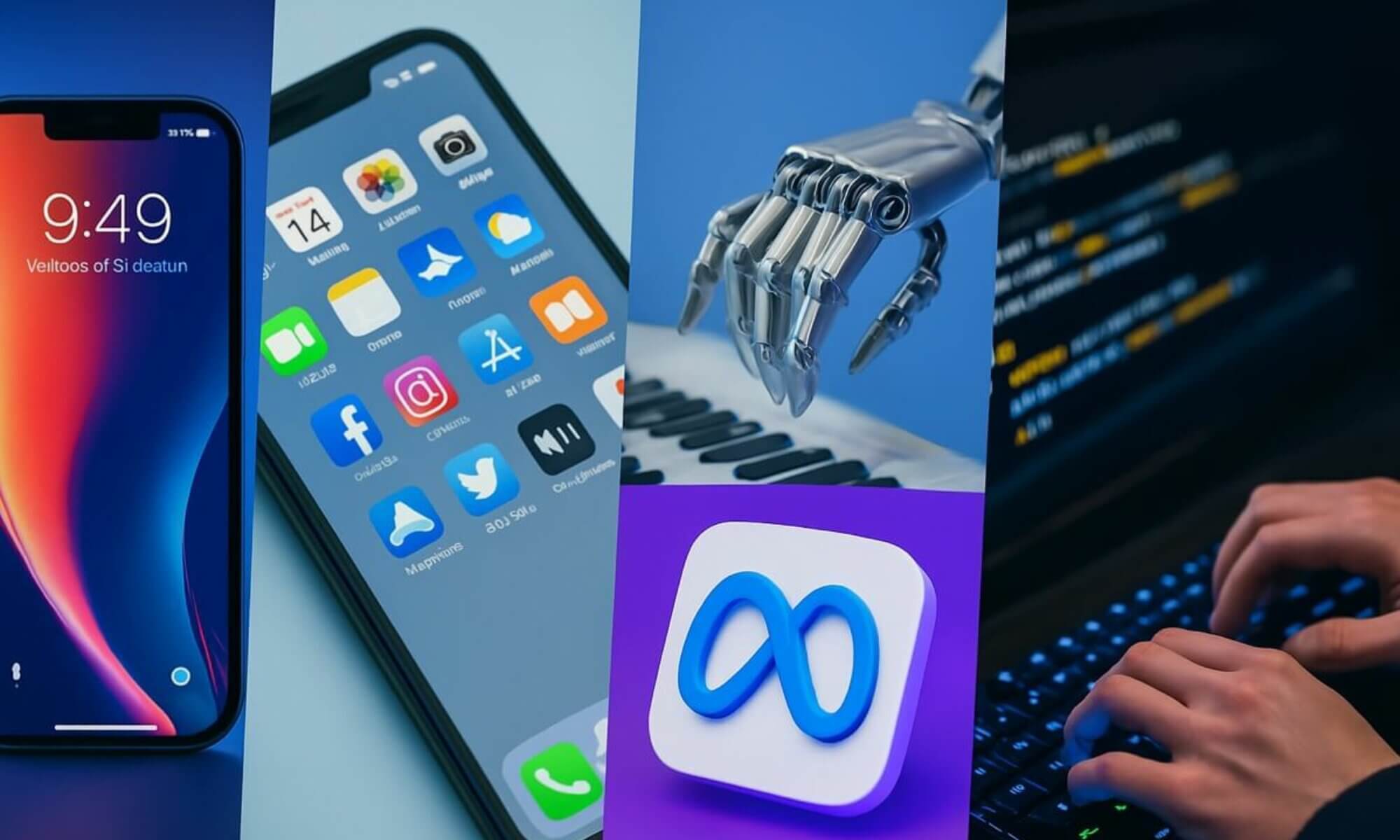The internet was built on the promise of speed. Each generation of developers, designers, and engineers tried to make things load faster, connect smoothly, and feel lighter. What started as a slow crawl through static pages is now a space that reacts almost instantly. The journey from dial-up modems to real-time everything has been full of experiments, some forgotten, others so successful we barely notice them anymore.
The push for speed hasn’t stopped. Today’s web is a living system that updates itself, predicts what you’ll want next, and hides the heavy lifting behind elegant design.
Smarter Connections and Faster Data
The earliest leap came with broadband. It turned the internet from a waiting game into something alive. Pages didn’t have to load line by line; they arrived whole. Streaming, cloud tools, and multiplayer worlds all trace their roots to that shift.
Then came caching. Every time a page saves part of its data on your device, it’s a quiet act of efficiency. You return later, and the site already knows what to show. The experience feels faster because part of it already lives in your browser.
Compression followed the same logic. Text, images, and video shrink into lighter versions that travel easily through networks. That single idea to make big data small opened the door to mobile internet and apps that could run on weaker connections.
Even now, engineers keep finding new ways to move data faster. HTTP/3, fiber networks, and edge computing bring information physically closer to where it’s needed. They cut distance out of the equation, and distance, online, is time.
Digital Payments and Real-Time Transactions
Speed doesn’t just live in browsers. It shapes how we buy, sell, and transfer value. The shift from cards and bank lines to instant digital payments has been one of the most transformative ideas in the last decade.
Instant verification, real-time balance updates, and blockchain-based systems made money move more like information. Today, you can send funds across continents faster than mailing a letter down the street. The technology that supports instant payments runs quietly in the background: tokenization for safety, encryption for trust, and intelligent routing to find the quickest path.
The iGaming industry mirrors this obsession with fast and secure transfers. Platforms built for digital play depend on quick deposits and immediate payouts. Fast withdrawal casinos in US often highlight this innovation. Systems that process payments within minutes instead of days. It’s not just convenience; it’s infrastructure. The same tools that power e-commerce and fintech support these platforms, proving that speed and trust can coexist online. When payment systems catch up to human behavior, the whole web moves faster.
The Rise of Lightweight Design
Speed isn’t only technical. It’s also visual and structural. For years, websites tried to impress with heavy animations, complex layouts, and oversized images. They looked good but loaded slowly. Then a quieter philosophy took hold, minimal design.
The idea was simple: remove what doesn’t help. Flat graphics replaced gradients, open space replaced clutter, and typography carried more of the tone. Pages that once took seconds to load now appear in a blink.
This design shift changed how we read and move online. Mobile users benefited first, but soon everyone else followed. Clean pages meant easier scanning, faster clicks, and less friction. Even algorithms noticed. Search engines began rewarding sites that loaded quickly, making design efficiency part of SEO.
Content Delivery Networks
A global web needs a global backbone. Content delivery networks solved one of the oldest problems on the internet: distance. They store copies of websites across multiple servers worldwide. When you click a link, the system finds the nearest copy and sends it to you.
This one concept removed seconds of waiting from every interaction. Videos stream without buffering. Large files download instantly. Online games stay stable even across continents. The same principle supports social media feeds, e-commerce checkouts, and cloud storage tools.
Without CDNs, the internet would still feel like an international call, full of lag and delay. With them, it feels local no matter where you are.
The Era of Mobile Optimization
The first smartphone browsers were slow and fragile. They struggled to display pages built for desktop monitors. Responsive design changed that. Developers learned to adapt layouts to screen size, touch input, and orientation.
Later, mobile-first design flipped the process entirely. Websites began as small, light, and touch-friendly before expanding to larger formats. This shift didn’t just improve speed; it redefined how we interact.
Apps took the idea further, offering offline caching and instant loading for repeat users. The gap between app and website shrank. In many ways, today’s web behaves more like a giant mobile platform than a traditional network of pages.
Smarter Algorithms and Predictive Loading
The web is now anticipatory. Search engines, streaming platforms, and online stores learn patterns from how people move. They pre-load pages and recommendations before you even click.
This invisible preparation is why search results appear instantly and why videos start without buffering. It’s also why predictive tools can guess the next thing you might want.
Machine learning makes this possible, but what keeps it efficient is scale. Data centers run algorithms that manage requests from millions of users, routing information so that no single system gets overloaded. The outcome is a web that feels almost psychic. Always one step ahead.
APIs and Integration
The modern internet thrives on connections between services. APIs (Application Programming Interfaces) are the bridges. They let different systems share data instantly. A map talking to a delivery tracker, a store syncing inventory with payment processors, or a health app pulling records from wearable devices.
APIs are what make platforms like social media, e-commerce, and logistics work together without waiting. They turned the web from isolated islands into an ecosystem of linked tools.
Developers often need to test these connections from different regions. Some SaaS tools or APIs only operate in certain countries or have regional access limits. That’s one reason tech professionals use VPNs to simulate how their product behaves from another location. It helps them verify latency, authentication, and content delivery when an app runs across borders.
Every time a form auto-fills, a notification syncs, or a smart home device updates, that’s an API making the web feel faster by removing the need to repeat tasks. The VPNs, proxies, and testing tools behind the scenes make sure that speed works everywhere, not just from one office or country.
The Human Side of Speed
Under all the essential web technology sits one reason for it: attention. The faster the web responds, the longer we stay. That pressure pushed creators to cut load times, refine code, and simplify design. But it also raised new questions about focus and time.
Speed made everything available instantly, but it also made patience disappear. Developers now face a balance. How to keep performance high without losing the sense of calm that slower spaces once had. Some newer tools reintroduce pause by design: reading modes, slow scrolls, and deliberate friction. They remind users that not every moment online has to race forward.
Conclusion
The web’s history is a story of constant acceleration. Each idea, compression, caching, minimal design, real-time payments, and smart routing added another layer of momentum.
We often talk about speed as convenience, but it’s more than that. It shapes how we think, trade, and connect. From the silent work of data centers to the near-instant payout at a digital casino, every piece of progress moves toward the same goal: to make waiting feel unnecessary.


